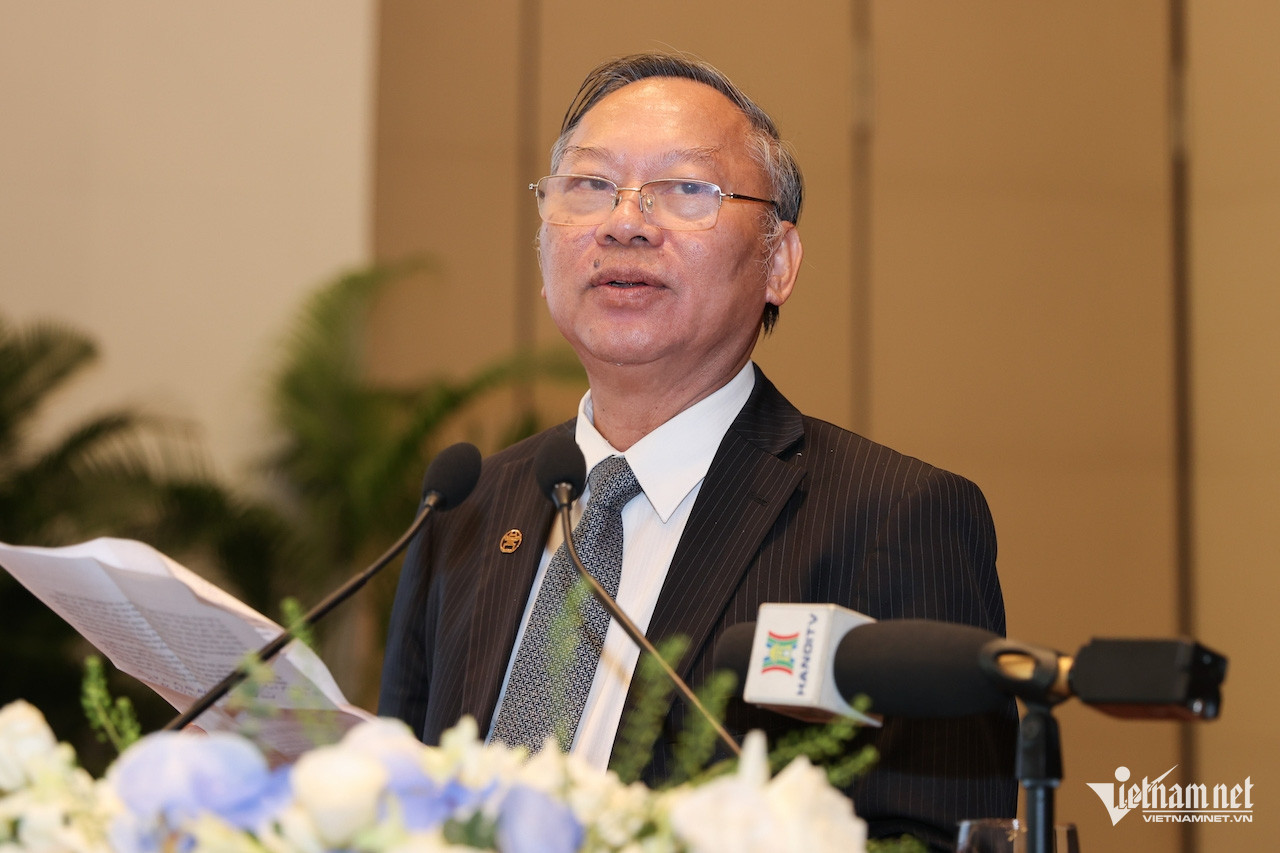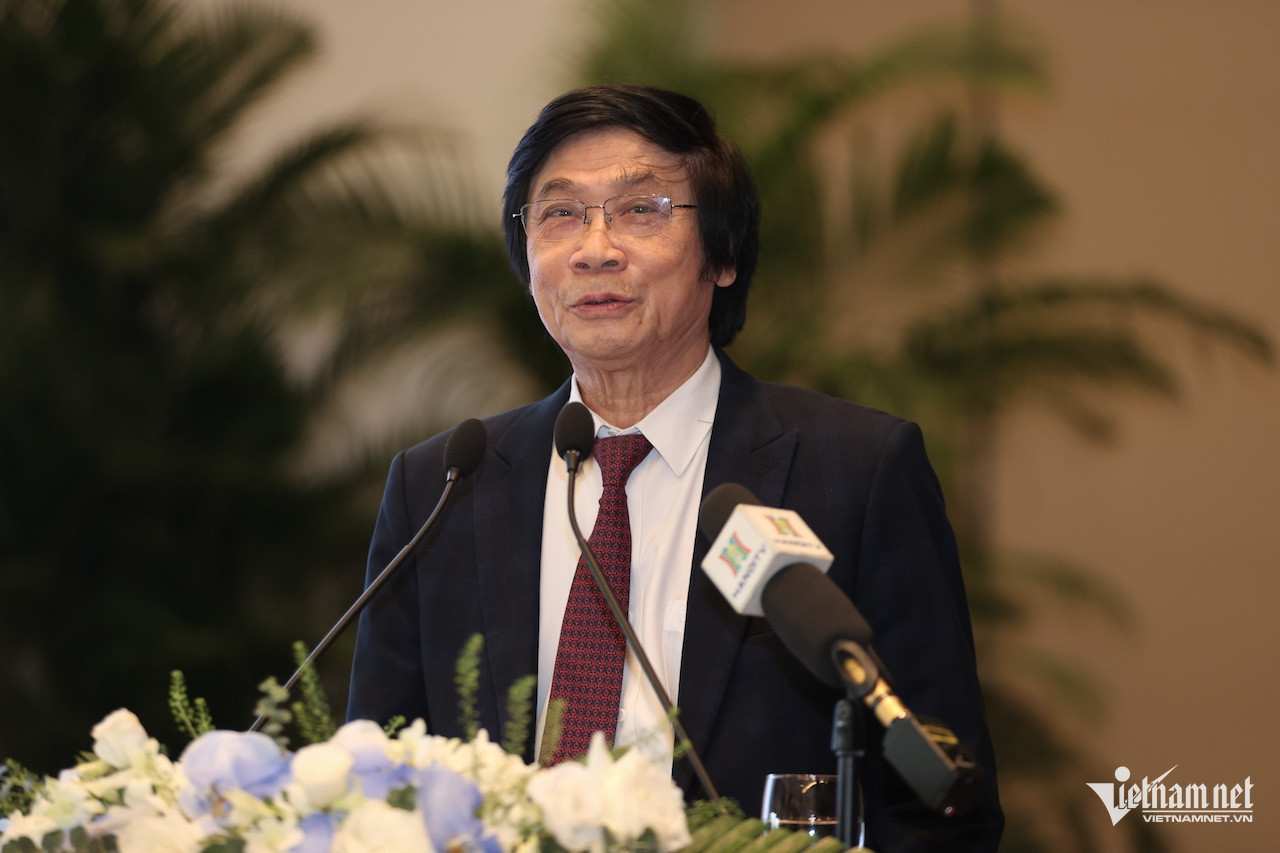At the National Science Conference "A new vision, new opportunities for building a civilized, modern, global-connected Hanoi" held on October 7, numerous experts and scientists offered strategic recommendations for Hanoi’s future.

Associate Professor Dr. Tran Dinh Thien, former Director of the Vietnam Institute of Economics, stressed that while Hanoi holds great potential and many achievements, “the pressing question is whether these achievements align with its potential and expectations. Has Hanoi fully demonstrated its role as the leading capital? How can Hanoi rise to its full potential and lead the nation?”
"Hanoi is undeniably a place where national strength converges, a land of integrated potential, advantages, and talents. No other place in the country possesses all these unique factors," Thien asserted. However, he argued that to turn these advantages into actual power, Hanoi requires proper conditions and solutions.
One of the key issues is that Hanoi has overly relied on its static, historical advantages, while its dynamic intellectual capacity, crucial for competing in the modern world, has not been given enough attention.
“The approach to harnessing Hanoi’s potential must be forward-looking, focusing on the future rather than comparing with the past or present,” Thien emphasized. He called for the central government to grant Hanoi special rights to create a new model of development, positioning it as a leading city.
Sharing a similar view, Professor Dr. Nguyen Quang Ngoc of the Vietnam Association of Historical Science noted that throughout nearly eight centuries of Dai Viet civilization, the nation achieved remarkable feats in economic development, cultural revival, and heroic victories against foreign invaders.

"In the Dai Viet era, Thang Long (also known as Dong Do and Dong Kinh) was always the capital, the political center, and the largest cultural and economic hub of the nation," Ngoc said.
He also highlighted that human resources are Hanoi’s greatest asset and play a decisive role in its future development. He emphasized that promoting the elegance, civility, and comprehensive development of Hanoi’s people, while harmoniously blending traditional and modern values, is key to the city’s success.
Developing the city-within-a-city model for Hanoi
From a different perspective, Architect Tran Ngoc Chinh, Chairman of the Vietnam Urban Planning and Development Association, discussed the importance of continuity in planning. With Hanoi in the process of finalizing its capital planning and adjusting its master plan, Chinh emphasized the need to ensure consistency and avoid conflicts with the national comprehensive planning.
Currently, the capital planning has a vision to 2050, while the adjustment of the master plan looks ahead to 2065, which may lead to inconsistencies in the city’s development objectives. He highlighted the importance of ensuring that population and labor forecasts align with land and infrastructure needs.

To address these challenges, Chinh recommended focusing on reducing population density in Hanoi’s historic inner city and promoting the development of satellite cities. He also suggested adopting a city-within-a-city model with special governance and institutional conditions to create new growth areas for the capital.
He specifically pointed to the potential of Phu Xuyen satellite city, located near the southern airport, which could become a new urban hub for the southern part of Hanoi.
N. Huyen - Quang Phong